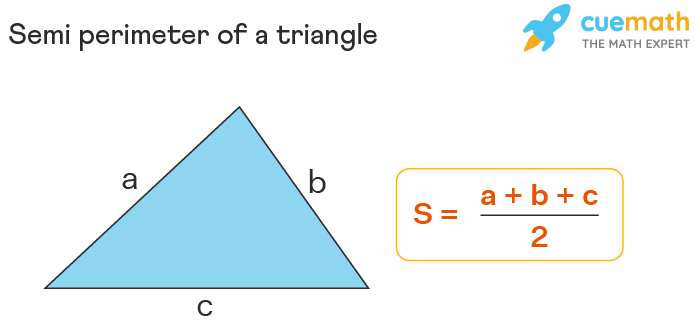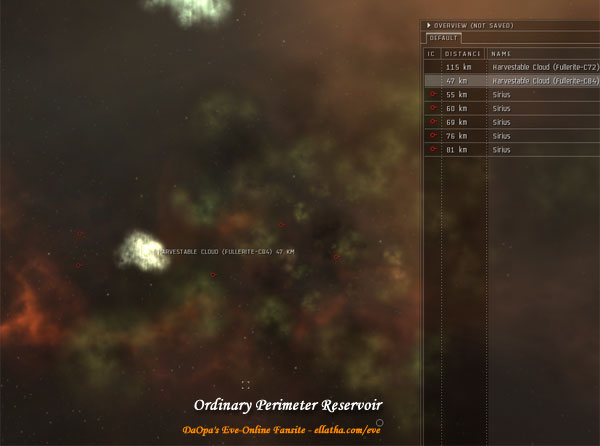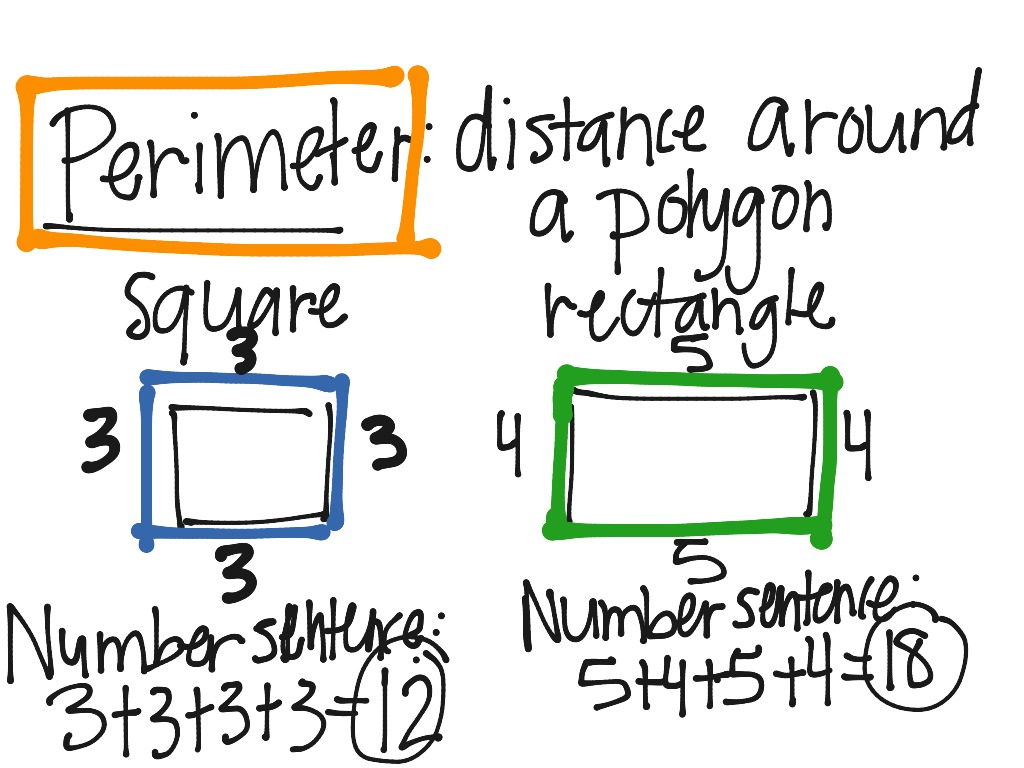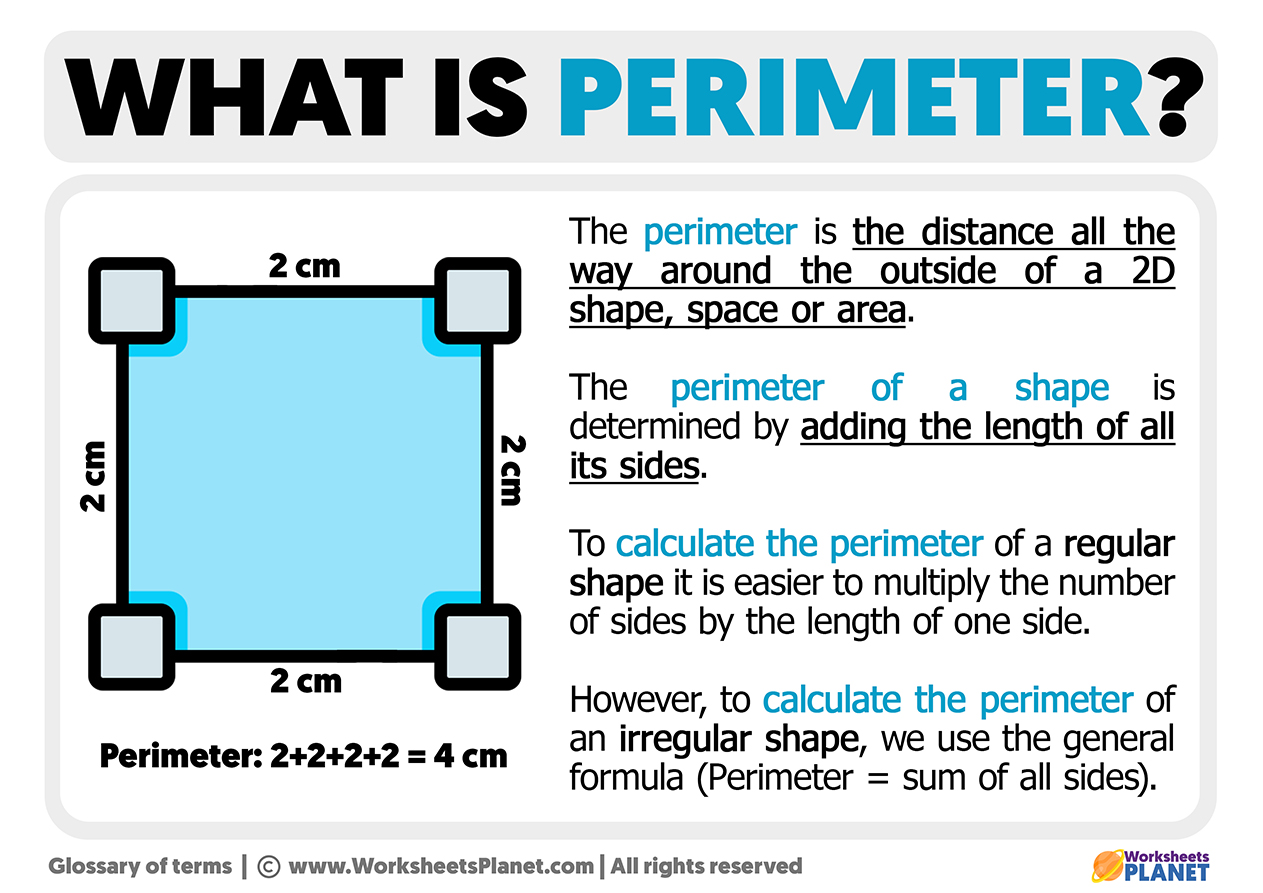Topic 9-3 area and perimeter of composite figures: Discover the techniques to accurately calculate the area and perimeter of composite figures in this comprehensive guide. This article provides step-by-step instructions, practical examples, and helpful tips to master the concepts of composite figures, ensuring a solid understanding of these essential geometric principles.
Table of Content
- Area and Perimeter of Composite Figures
- Introduction
- Definition of Composite Figures
- Understanding Area and Perimeter
- Steps to Calculate Area and Perimeter of Composite Figures
- Examples
- Example 1: Simple Composite Figures
- Example 2: Complex Composite Figures
- Practice Problems
- Common Mistakes and How to Avoid Them
- Advanced Concepts
- Additional Resources
- YOUTUBE: Video hướng dẫn về cách tính chu vi và diện tích các hình hợp. Hãy xem để hiểu rõ hơn về cách giải các bài toán liên quan đến hình học này.
Area and Perimeter of Composite Figures
Composite figures are shapes that are made up of two or more simple geometric shapes. To find the area and perimeter of these figures, we can break them down into their simpler components.
Area
The area of a composite figure can be found by calculating the area of each simple shape and then summing these areas.
- Identify the simple shapes that make up the composite figure.
- Calculate the area of each simple shape using the appropriate formula.
- Sum the areas of the simple shapes to get the total area of the composite figure.
For example:
- Rectangle: \( A_{\text{rectangle}} = \text{length} \times \text{width} \)
- Triangle: \( A_{\text{triangle}} = \frac{1}{2} \times \text{base} \times \text{height} \)
- Semicircle: \( A_{\text{semicircle}} = \frac{\pi r^2}{2} \)
Perimeter
The perimeter of a composite figure is found by adding the lengths of all its outer sides.
- Identify all the outer sides of the composite figure.
- Calculate the length of each side.
- Sum these lengths to get the perimeter.
For example:
- Rectangle: \( P_{\text{rectangle}} = 2(\text{length} + \text{width}) \)
- Triangle: \( P_{\text{triangle}} = \text{side}_1 + \text{side}_2 + \text{side}_3 \)
- Semicircle: \( P_{\text{semicircle}} = \pi r \)
Example Calculation
Consider a composite figure made of a rectangle and a semicircle:
| Shape | Formula | Calculation | Result |
| Rectangle | \( A_{\text{rectangle}} = l \times w \) | \( 16 \times 4 \) | 64 square feet |
| Semicircle | \( A_{\text{semicircle}} = \frac{\pi r^2}{2} \) | \( \frac{3.14 \times 4^2}{2} \) | 25.12 square feet |
| Total Area | 89.12 square feet | ||
| Rectangle Perimeter | \( P_{\text{rectangle}} = 2(l + w) \) | \( 2(16 + 4) \) | 40 feet |
| Semicircle Perimeter | \( P_{\text{semicircle}} = \pi r \) | \( 3.14 \times 4 \) | 12.56 feet |
| Total Perimeter | 52.56 feet | ||
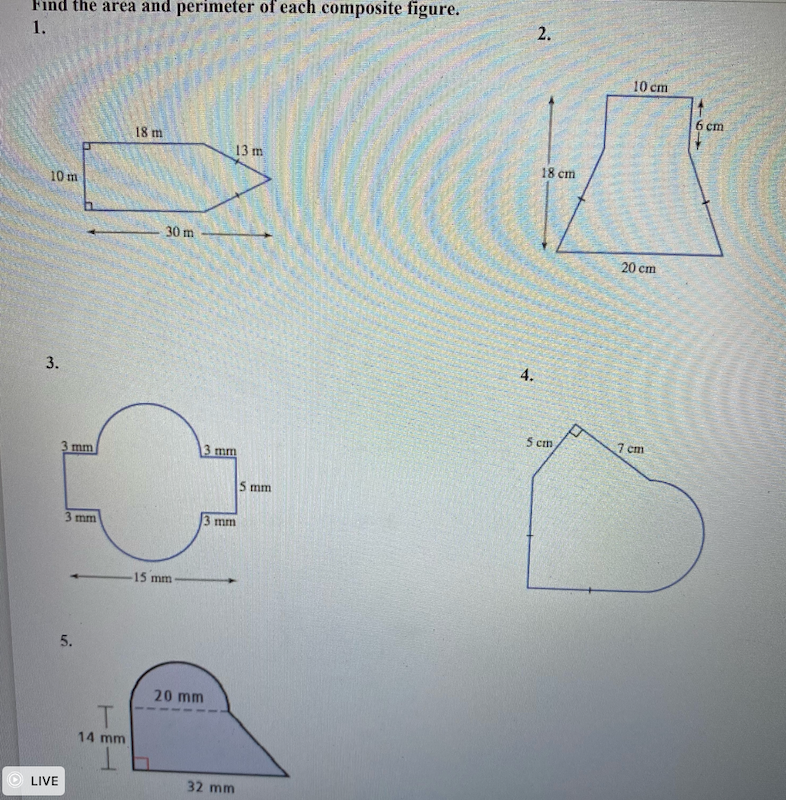
READ MORE:
Introduction
Composite figures, also known as compound shapes, are shapes that are made up of two or more simple geometric figures such as rectangles, squares, circles, triangles, or other polygons. Understanding how to calculate the area and perimeter of composite figures is crucial in various fields including architecture, engineering, and design, as these shapes frequently appear in real-world applications.
To effectively tackle problems involving composite figures, it is essential to have a strong grasp of the basic formulas for area and perimeter of simple shapes. By breaking down a composite figure into its simpler components, we can apply these formulas step by step to find the total area and perimeter.
This lesson will guide you through the process of:
- Identifying the individual shapes that make up a composite figure.
- Calculating the area and perimeter of each individual shape.
- Summing the areas of the individual shapes to find the total area.
- Adding the relevant sides to find the total perimeter, considering any shared sides between the shapes.
By the end of this lesson, you will be able to confidently solve problems involving the area and perimeter of composite figures, and apply these skills to more complex geometric problems.
Definition of Composite Figures
A composite figure, also known as a composite shape, is a geometric figure that consists of two or more simple geometric shapes combined together. These shapes can include basic figures such as rectangles, squares, triangles, circles, and other polygons.
Composite figures can be found in many real-life objects and structures. Understanding how to calculate the area and perimeter of these figures involves breaking them down into simpler shapes, calculating the area and perimeter of each, and then combining these results appropriately.
Here are some key points to understand about composite figures:
- Combination of Shapes: Composite figures are made up of a combination of simpler shapes. For example, a shape that looks like an 'L' could be broken down into two rectangles.
- Common Boundaries: When calculating the area and perimeter of composite figures, it's important to account for shared boundaries between the simpler shapes.
- Overlapping Areas: In some cases, the composite figure may have overlapping areas that need to be subtracted to get the correct total area.
To better understand composite figures, consider the following examples:
| Shape | Description |
|---|---|
| Rectangle and Triangle | A figure consisting of a rectangle with a triangle on top. |
| Circle and Rectangle | A figure consisting of a rectangle with a semicircle on one end. |
| Multiple Rectangles | A figure made up of several rectangles joined together in various orientations. |
Understanding how to break down composite figures into simpler parts and accurately calculate their area and perimeter is essential in many mathematical and real-world applications. In the following sections, we will explore the steps to calculate the area and perimeter of composite figures, along with examples and practice problems.
Understanding Area and Perimeter
Understanding the concepts of area and perimeter is essential when dealing with composite figures, which are shapes that consist of two or more simple geometric shapes such as rectangles, triangles, circles, and others. Here, we will break down these concepts and provide a step-by-step guide to calculating the area and perimeter of composite figures.
What is Perimeter?
The perimeter of a figure is the total distance around the figure. To find the perimeter of a composite figure, you sum the lengths of all the outer sides. The perimeter must have a unit of measurement, such as meters, feet, or inches.
What is Area?
The area of a figure is the amount of space inside the figure. The area must have square units, such as square meters, square feet, or square inches. When dealing with composite figures, the Area Addition Postulate is often used. This postulate states that the area of a composite figure is the sum of the areas of its non-overlapping parts.
Steps to Calculate the Perimeter of Composite Figures
- Identify all the outer sides: Determine the lengths of all the outer edges of the composite figure.
- Sum the lengths: Add together all the lengths of the sides to get the total perimeter.
Steps to Calculate the Area of Composite Figures
- Divide the figure into simpler shapes: Break down the composite figure into basic shapes (e.g., rectangles, triangles, circles).
- Calculate the area of each shape: Use the appropriate formula to find the area of each simple shape.
- Rectangle: \( A = l \times w \)
- Triangle: \( A = \frac{1}{2} \times b \times h \)
- Circle: \( A = \pi r^2 \) (for full circle) or \( A = \frac{1}{2} \pi r^2 \) (for semicircle)
- Sum the areas: Add the areas of all the simple shapes to get the total area of the composite figure.
Example
Consider a composite figure made up of a rectangle and a semicircle:
- The rectangle has a length of 8 units and a width of 4 units.
- The semicircle has a diameter of 4 units.
Perimeter Calculation:
- Calculate the perimeter of the rectangle excluding the side shared with the semicircle: \( P_{\text{rectangle}} = 8 + 4 + 8 = 20 \) units.
- Calculate the perimeter of the semicircle: \( P_{\text{semicircle}} = \pi \times 2 = 6.28 \) units.
- Sum the perimeters: \( P_{\text{total}} = 20 + 6.28 = 26.28 \) units.
Area Calculation:
- Calculate the area of the rectangle: \( A_{\text{rectangle}} = 8 \times 4 = 32 \text{ square units} \).
- Calculate the area of the semicircle: \( A_{\text{semicircle}} = \frac{1}{2} \pi (2)^2 = 6.28 \text{ square units} \).
- Sum the areas: \( A_{\text{total}} = 32 + 6.28 = 38.28 \text{ square units} \).
By following these steps, you can accurately determine the area and perimeter of any composite figure. Remember to always check your calculations and ensure all parts of the figure are accounted for.
Steps to Calculate Area and Perimeter of Composite Figures
Calculating the area and perimeter of composite figures involves breaking down the figure into simpler shapes whose areas and perimeters can be calculated easily. Here are the detailed steps:
Steps to Calculate Area
-
Identify the Simple Shapes: Break down the composite figure into simpler shapes such as rectangles, triangles, circles, or other polygons.
-
Calculate the Area of Each Simple Shape: Use the appropriate formulas for each shape:
- Rectangle: \( A = l \times w \)
- Triangle: \( A = \frac{1}{2} \times b \times h \)
- Circle: \( A = \pi r^2 \)
- Semicircle: \( A = \frac{1}{2} \pi r^2 \)
-
Add or Subtract Areas: Add the areas of all the simple shapes to get the total area of the composite figure. If there are any shapes to be subtracted (e.g., holes), subtract their areas.
- Area Addition: \( A_{\text{total}} = A_1 + A_2 + \ldots + A_n \)
- Area Subtraction: \( A_{\text{total}} = A_{\text{outer}} - A_{\text{inner}} \)
Steps to Calculate Perimeter
-
Identify the Outer Boundary: Determine the segments that form the outer boundary of the composite figure.
-
Calculate the Length of Each Segment: Measure or calculate the length of each segment using the appropriate formulas:
- Rectangle: Perimeter segment lengths are the sides \( l \) and \( w \).
- Triangle: Use the side lengths.
- Circle: Circumference is \( C = 2 \pi r \), but for arcs, use the fraction of the circumference.
- Semicircle: Perimeter of a semicircle \( P = \pi r + 2r \)
-
Sum the Segment Lengths: Add up the lengths of all the outer segments to get the total perimeter of the composite figure.
- Perimeter Addition: \( P_{\text{total}} = P_1 + P_2 + \ldots + P_n \)
Example
Consider a composite figure made up of a rectangle and a semicircle:
- Rectangle: Length \( l = 10 \) units, Width \( w = 5 \) units
- Semicircle: Diameter \( d = 5 \) units, Radius \( r = 2.5 \) units
Calculate Area:
- Area of Rectangle: \( A_{\text{rect}} = l \times w = 10 \times 5 = 50 \, \text{units}^2 \)
- Area of Semicircle: \( A_{\text{semi}} = \frac{1}{2} \pi r^2 = \frac{1}{2} \pi (2.5)^2 = 9.8125 \, \text{units}^2 \)
- Total Area: \( A_{\text{total}} = 50 + 9.8125 = 59.8125 \, \text{units}^2 \)
Calculate Perimeter:
- Perimeter of Rectangle (excluding the side adjacent to the semicircle): \( P_{\text{rect}} = 10 + 5 + 10 = 25 \, \text{units} \)
- Perimeter of Semicircle: \( P_{\text{semi}} = \pi r + 2r = \pi (2.5) + 5 = 7.85 + 5 = 12.85 \, \text{units} \)
- Total Perimeter: \( P_{\text{total}} = 25 + 12.85 = 37.85 \, \text{units} \)

Examples
Understanding the calculation of area and perimeter for composite figures can be illustrated through the following examples:
Example 1: Simple Composite Figure
Consider a composite figure made up of a rectangle and a semicircle on top of it.
- Dimensions of the rectangle: length = 10 units, width = 4 units
- Diameter of the semicircle: 4 units (same as the width of the rectangle)
Steps to Calculate the Area:
- Calculate the area of the rectangle: \[ A_{\text{rectangle}} = \text{length} \times \text{width} = 10 \times 4 = 40 \text{ units}^2 \]
- Calculate the area of the semicircle: \[ A_{\text{semicircle}} = \frac{1}{2} \pi r^2 = \frac{1}{2} \pi \left(\frac{4}{2}\right)^2 = \frac{1}{2} \pi \cdot 4 = 2 \pi \approx 6.28 \text{ units}^2 \]
- Sum the areas of the two shapes: \[ A_{\text{total}} = A_{\text{rectangle}} + A_{\text{semicircle}} = 40 + 6.28 \approx 46.28 \text{ units}^2 \]
Steps to Calculate the Perimeter:
- Calculate the perimeter of the rectangle (excluding the side adjacent to the semicircle): \[ P_{\text{rectangle}} = 2 \times \text{length} + \text{width} = 2 \times 10 + 4 = 24 \text{ units} \]
- Calculate the circumference of the semicircle: \[ P_{\text{semicircle}} = \frac{1}{2} \pi d = \frac{1}{2} \pi \times 4 = 2 \pi \approx 6.28 \text{ units} \]
- Sum the perimeters of the two shapes: \[ P_{\text{total}} = P_{\text{rectangle}} + P_{\text{semicircle}} = 24 + 6.28 \approx 30.28 \text{ units} \]
Example 2: Complex Composite Figure
Consider a figure made up of two rectangles and a triangle.
- Dimensions of the first rectangle: length = 8 units, width = 5 units
- Dimensions of the second rectangle: length = 6 units, width = 3 units
- Dimensions of the triangle: base = 4 units, height = 3 units
Steps to Calculate the Area:
- Calculate the area of the first rectangle: \[ A_{\text{rectangle1}} = \text{length} \times \text{width} = 8 \times 5 = 40 \text{ units}^2 \]
- Calculate the area of the second rectangle: \[ A_{\text{rectangle2}} = \text{length} \times \text{width} = 6 \times 3 = 18 \text{ units}^2 \]
- Calculate the area of the triangle: \[ A_{\text{triangle}} = \frac{1}{2} \times \text{base} \times \text{height} = \frac{1}{2} \times 4 \times 3 = 6 \text{ units}^2 \]
- Sum the areas of the three shapes: \[ A_{\text{total}} = A_{\text{rectangle1}} + A_{\text{rectangle2}} + A_{\text{triangle}} = 40 + 18 + 6 = 64 \text{ units}^2 \]
Steps to Calculate the Perimeter:
- Calculate the perimeter of the first rectangle: \[ P_{\text{rectangle1}} = 2 \times (\text{length} + \text{width}) = 2 \times (8 + 5) = 2 \times 13 = 26 \text{ units} \]
- Calculate the perimeter of the second rectangle: \[ P_{\text{rectangle2}} = 2 \times (\text{length} + \text{width}) = 2 \times (6 + 3) = 2 \times 9 = 18 \text{ units} \]
- Calculate the perimeter of the triangle (assuming the other two sides are known): \[ P_{\text{triangle}} = \text{base} + \text{side1} + \text{side2} = 4 + 5 + 5 = 14 \text{ units} \]
- Sum the perimeters of the three shapes: \[ P_{\text{total}} = P_{\text{rectangle1}} + P_{\text{rectangle2}} + P_{\text{triangle}} = 26 + 18 + 14 = 58 \text{ units} \]
Example 1: Simple Composite Figures
In this example, we will find the area and perimeter of a simple composite figure composed of a rectangle and a semicircle.
Step-by-Step Solution
-
Identify the Shapes: The composite figure consists of a rectangle and a semicircle.
-
Calculate the Area:
- Rectangle: The area \(A_{\text{rectangle}}\) is given by: \[ A_{\text{rectangle}} = \text{length} \times \text{width} = 8 \text{ units} \times 4 \text{ units} = 32 \text{ square units}
- Semicircle: The area \(A_{\text{semicircle}}\) is half the area of a full circle: \[ A_{\text{semicircle}} = \frac{1}{2} \pi r^2 = \frac{1}{2} \pi (2 \text{ units})^2 = \frac{1}{2} \pi \times 4 \text{ square units} = 2\pi \text{ square units}
Total Area: The total area of the composite figure is:
\[
A_{\text{total}} = A_{\text{rectangle}} + A_{\text{semicircle}} = 32 \text{ square units} + 2\pi \text{ square units} -
Calculate the Perimeter:
- Rectangle: The perimeter \(P_{\text{rectangle}}\) is the sum of all sides: \[ P_{\text{rectangle}} = 2 (\text{length} + \text{width}) = 2 (8 \text{ units} + 4 \text{ units}) = 24 \text{ units}
- Semicircle: The perimeter of a semicircle includes the curved part and the diameter: \[ P_{\text{semicircle}} = \pi r + 2r = \pi \times 2 \text{ units} + 4 \text{ units} = 2\pi \text{ units} + 4 \text{ units}
Total Perimeter: The total perimeter of the composite figure is:
\[
P_{\text{total}} = P_{\text{rectangle}} + P_{\text{semicircle}} = 24 \text{ units} + 2\pi \text{ units} + 4 \text{ units} = 24 + 2\pi + 4 \text{ units}
Thus, the area of the composite figure is \(32 + 2\pi\) square units, and the perimeter is \(28 + 2\pi\) units.
Example 2: Complex Composite Figures
Let's consider a more complex composite figure made up of a rectangle and two semicircles on its shorter sides.
To find the area and perimeter of this figure, follow these steps:
Step-by-Step Calculation:
1. Identify the Shapes
The figure consists of:
- One rectangle
- Two semicircles
2. Calculate the Area of the Rectangle
If the length (\( l \)) of the rectangle is 16 units and the width (\( w \)) is 8 units:
\[
\text{Area of the rectangle} = l \times w = 16 \times 8 = 128 \text{ square units}
\]
3. Calculate the Area of the Semicircles
Each semicircle has a radius (\( r \)) equal to half the width of the rectangle, so \( r = \frac{8}{2} = 4 \) units:
\[
\text{Area of one semicircle} = \frac{1}{2} \pi r^2 = \frac{1}{2} \pi (4^2) = \frac{1}{2} \pi \cdot 16 = 8\pi \text{ square units}
\]
Since there are two semicircles:
\[
\text{Total area of the semicircles} = 2 \times 8\pi = 16\pi \text{ square units}
\]
4. Calculate the Total Area of the Composite Figure
Add the areas of the rectangle and the semicircles:
\[
\text{Total area} = \text{Area of the rectangle} + \text{Total area of the semicircles} = 128 + 16\pi \approx 128 + 50.24 = 178.24 \text{ square units}
\]
5. Calculate the Perimeter of the Composite Figure
The perimeter consists of:
- The two lengths of the rectangle
- The circumferences of the semicircles
The perimeter of one semicircle (half the circumference of a circle with radius 4 units):
\[
\text{Perimeter of one semicircle} = \frac{1}{2} \pi d = \frac{1}{2} \pi \cdot 8 = 4\pi \text{ units}
\]
The total perimeter of the two semicircles:
\[
\text{Total perimeter of the semicircles} = 2 \times 4\pi = 8\pi \text{ units}
\]
The total perimeter is then:
\[
\text{Total perimeter} = 2l + 8\pi = 2 \times 16 + 8\pi = 32 + 25.12 = 57.12 \text{ units}
\]
Thus, the area of the complex composite figure is approximately 178.24 square units, and the perimeter is approximately 57.12 units.
Practice Problems
Here are some practice problems to help you master the calculation of area and perimeter of composite figures. Use the steps and examples provided in previous sections to solve these problems.
-
Find the area and perimeter of the following composite figure:
The figure consists of a rectangle and a semicircle. The rectangle has a length of 10 units and a width of 6 units. The diameter of the semicircle is equal to the width of the rectangle.
Steps:
- Calculate the area of the rectangle: \( A_{\text{rectangle}} = \text{length} \times \text{width} \)
- Calculate the area of the semicircle: \( A_{\text{semicircle}} = \frac{1}{2} \pi \left(\frac{\text{diameter}}{2}\right)^2 \)
- Add the areas together to get the total area.
- Calculate the perimeter of the composite figure. Remember to include the straight edges of the rectangle and the curved edge of the semicircle: \( P_{\text{composite}} = \text{perimeter of rectangle} + \text{circumference of semicircle} \)
Determine the area and perimeter of a composite figure that includes a triangle on top of a square. The square has a side length of 8 units, and the triangle has a base of 8 units and a height of 5 units.
Steps:
- Calculate the area of the square: \( A_{\text{square}} = \text{side} \times \text{side} \)
- Calculate the area of the triangle: \( A_{\text{triangle}} = \frac{1}{2} \times \text{base} \times \text{height} \)
- Add the areas together to get the total area.
- Calculate the perimeter by adding the perimeters of the square and the triangle. Note that one side of the triangle is shared with the square.
Find the area and perimeter of a composite figure made up of a rectangle and a right triangle. The rectangle has a length of 12 units and a width of 5 units. The right triangle has a base of 5 units and a height of 7 units, positioned such that the base of the triangle lies along one width of the rectangle.
Steps:
- Calculate the area of the rectangle: \( A_{\text{rectangle}} = \text{length} \times \text{width} \)
- Calculate the area of the right triangle: \( A_{\text{triangle}} = \frac{1}{2} \times \text{base} \times \text{height} \)
- Add the areas together to get the total area.
- Calculate the perimeter by adding the perimeters of the rectangle and the triangle, accounting for the shared side.
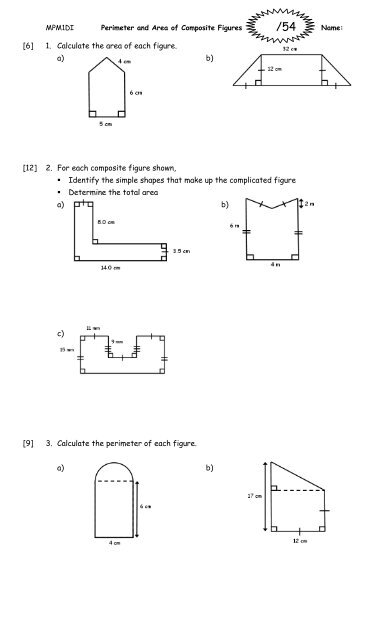
Common Mistakes and How to Avoid Them
Calculating the area and perimeter of composite figures can be tricky. Here are some common mistakes and tips on how to avoid them:
- Misidentifying Shapes:
Ensure you correctly identify all the basic shapes that make up the composite figure. Misidentification can lead to incorrect calculations.
- Overlapping Areas:
When breaking down a composite figure, ensure that the shapes do not overlap. Overlapping areas should not be counted multiple times.
- Incorrect Formulas:
Using the wrong formulas for calculating area or perimeter can lead to errors. Always double-check the formulas for each shape:
- Rectangle: \( A = l \times w \) and \( P = 2l + 2w \)
- Triangle: \( A = \frac{1}{2} \times b \times h \) and \( P = a + b + c \)
- Circle: \( A = \pi r^2 \) and \( C = 2 \pi r \)
- Units of Measurement:
Ensure consistency in units of measurement. Mixing units (e.g., inches with centimeters) can result in incorrect calculations. Convert all measurements to the same unit before calculating.
- Not Summing All Areas:
When calculating the total area of a composite figure, make sure to sum the areas of all individual shapes. Missing any part will lead to an inaccurate total area.
- Boundary Lengths:
For perimeter calculations, ensure that all external boundary lengths are included. Internal lines should not be counted towards the perimeter.
- Precision in Measurements:
Be precise with measurements. Small errors can significantly affect the final calculations of both area and perimeter.
By paying attention to these common pitfalls, you can improve accuracy in calculating the area and perimeter of composite figures.
Advanced Concepts
Understanding the area and perimeter of composite figures can be extended to more advanced mathematical concepts. These concepts help in solving complex problems more efficiently and provide deeper insights into geometric properties.
1. Use of Algebra in Composite Figures
In some cases, algebraic methods can be employed to find the area and perimeter of composite figures. This is particularly useful when dealing with unknown dimensions.
- Set up equations based on the known relationships between different parts of the figure.
- Solve for unknown variables to find the required dimensions.
2. Calculus Applications
For more complex shapes, calculus can be used to find the area and perimeter. This involves integral calculus, particularly when dealing with curves.
- Use definite integrals to find the area under a curve.
- Apply the arc length formula to determine the perimeter of curved sections.
- Example: For a composite figure involving a semicircle and a rectangle, calculate the area of the semicircle using \( \int_{a}^{b} \sqrt{1 + (f'(x))^2} \, dx \).
3. Coordinate Geometry
Coordinate geometry offers another powerful method for dealing with composite figures.
- Plot the vertices of the shapes on a coordinate plane.
- Use distance formula to calculate lengths of sides.
- Apply the Shoelace formula to find the area of polygonal regions.
- Example: For a composite figure made up of a triangle and a rectangle, plot the coordinates of each vertex and use the formulas accordingly.
4. Transformations
Geometric transformations such as translation, rotation, and reflection can help in understanding the properties of composite figures.
- Transform the figure to a simpler form while preserving its area and perimeter properties.
- Analyze the effects of transformations on composite figures.
- Example: Reflecting a composite figure across an axis to determine symmetrical properties.
5. Symmetry and Tessellation
Symmetry plays a crucial role in simplifying the analysis of composite figures.
- Identify lines of symmetry to break down the figure into manageable parts.
- Use tessellation techniques to cover larger areas using repeated patterns of composite figures.
- Example: Using hexagonal tessellation to cover a plane with minimal overlap and gaps.
6. 3D Composite Figures
Extending the concept to three dimensions involves calculating surface area and volume.
- Decompose the 3D figure into basic shapes such as cubes, spheres, and cylinders.
- Sum up the surface areas and volumes of the constituent shapes.
- Example: A composite solid made of a cylinder with a hemisphere on top. Calculate the volume using \( V_{\text{total}} = V_{\text{cylinder}} + V_{\text{hemisphere}} \).
Additional Resources
To further enhance your understanding and practice of calculating the area and perimeter of composite figures, here are some valuable resources:
-
Khan Academy: Khan Academy offers a comprehensive series of videos and practice exercises on composite figures. These resources are great for visual learners and those looking for interactive practice. Visit their .
-
Math is Fun: This website provides clear explanations and interactive examples that can help you understand the principles of area and perimeter of composite figures. Check out their .
-
Interactive Worksheets: Live Worksheets offers interactive worksheets that allow you to practice finding the area and perimeter of composite figures in a dynamic and engaging way. Explore their .
-
LibreTexts: LibreTexts provides in-depth reading materials and examples to help you master the topic. Their content is suitable for both self-study and classroom use. Visit their .
-
IXL Learning: IXL offers skill-specific practice problems that can help reinforce your understanding through repetition and instant feedback. Check out their .
These resources cover a wide range of learning styles and can provide additional practice, interactive learning, and detailed explanations to help you excel in understanding and calculating the area and perimeter of composite figures.
Video hướng dẫn về cách tính chu vi và diện tích các hình hợp. Hãy xem để hiểu rõ hơn về cách giải các bài toán liên quan đến hình học này.
9-3 Chu Vi: Diện Tích Các Hình Hợp
READ MORE:
Tìm hiểu cách tính diện tích của các hình hợp trong video '9-3 Diện Tích Của Các Hình Hợp'. Video này cung cấp hướng dẫn chi tiết và ví dụ minh họa.
9-3 Diện Tích Của Các Hình Hợp




